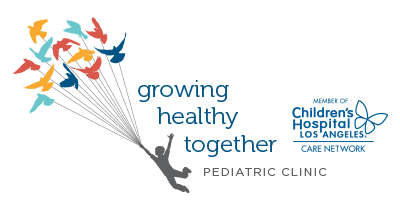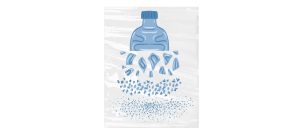Cradle cap, also known as seborrheic dermatitis, is a scaly, red rash on the head and scalp of infants. This rash may also be found on the face, armpits, creases of the neck, behind the ears, or in the diaper area. However, when cradle cap has spread to other regions of the body, it is typically referred to as seborrheic dermatitis.
 Cradle cap is not infectious and typically disappears within the first few weeks of life. This condition occurs where there are oil-producing sebaceous glands on the head and scalp. The cause of this rash is unknown, though it may be influenced by hormones that are common during pregnancy and early in life. Hormone fluctuations may stimulate your infant’s oil glands, which then stimulates a rash.
Cradle cap is not infectious and typically disappears within the first few weeks of life. This condition occurs where there are oil-producing sebaceous glands on the head and scalp. The cause of this rash is unknown, though it may be influenced by hormones that are common during pregnancy and early in life. Hormone fluctuations may stimulate your infant’s oil glands, which then stimulates a rash.
Cradle cap is not usually itchy or uncomfortable for infants. So if your infant is very red and itchy, it may be a yeast infection instead of cradle cap. If your infant’s cradle cap becomes infected, contact your healthcare provider. Infection is usually characterized by reddened skin, excess fluid in the area or abnormal warmth.
Signs/Symptoms
- Red, scaly patches
- Crusty, yellow patches
- Red, moist skin folds/creases
- Greasiness
- Scaling/flaking
Tips for Reducing Cradle Cap
- Wash the hair frequently with mild baby shampoo. Only use stronger, medicated shampoos if recommended by your pediatric healthcare
practitioner. - Brush hair softly to remove any scales or flakes.
- Massage with ointments or vegetable oil and remove the scales with a soft brush. Do
not use baby oil as it will cause the scales to build up. Hydrate with an emollient ointment (i.e. Soothe and Heal by Lansinoh, Aquaphor, Vaseline, etc.). - Make sure to remove all soap from the skin after a bath and gently pat dry.
- Hydrate! Drink plenty of water throughout the day (if age appropriate).
- Humidify the air. Use a vaporizer or humidifier inside your home, especially during the colder
months when the air is dry and heaters are being run more frequently. - Supplement with omega-3 fatty acids in order to reduce inflammation of the skin. Omega-3s are
often added to formulas, though they may not be present in high enough quantities. Add no
more than 500mg a day to your baby’s diet. Children in toddler years can consume fish like salmon a couple of times a week to get their omega-3s. - Contact your pediatric healthcare provider. They may recommend topical cortisone to soothe itching. Avoid using over the counter medications, steroids, or creams without first talking to your pediatric healthcare provider.
Finally, for questions or comments, please respond to this blog below or contact us!




